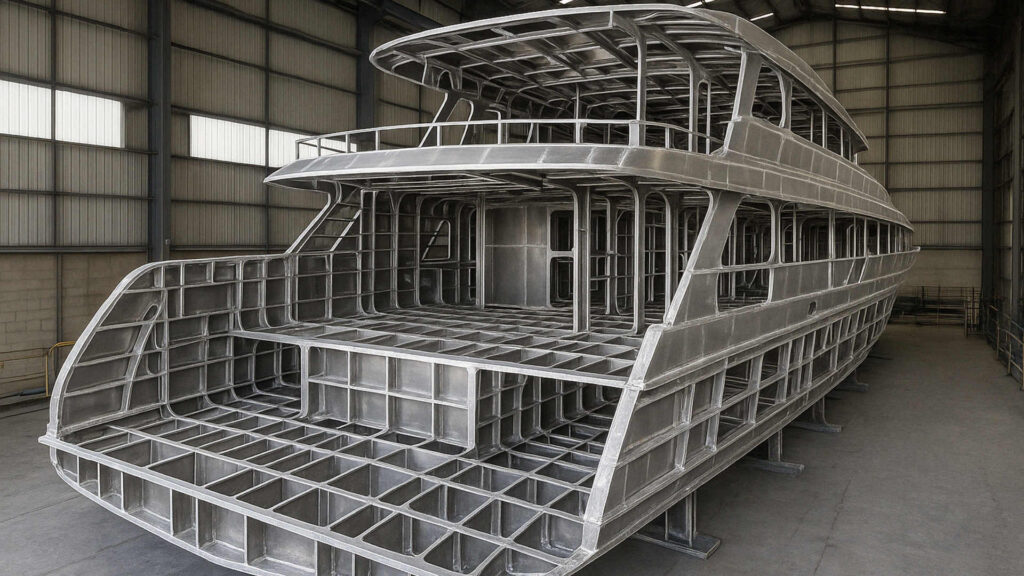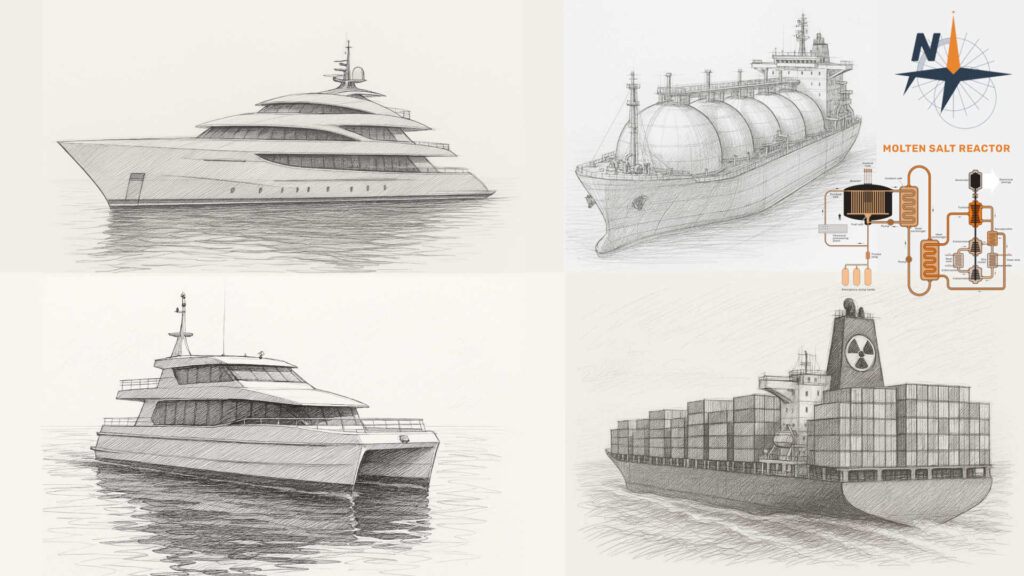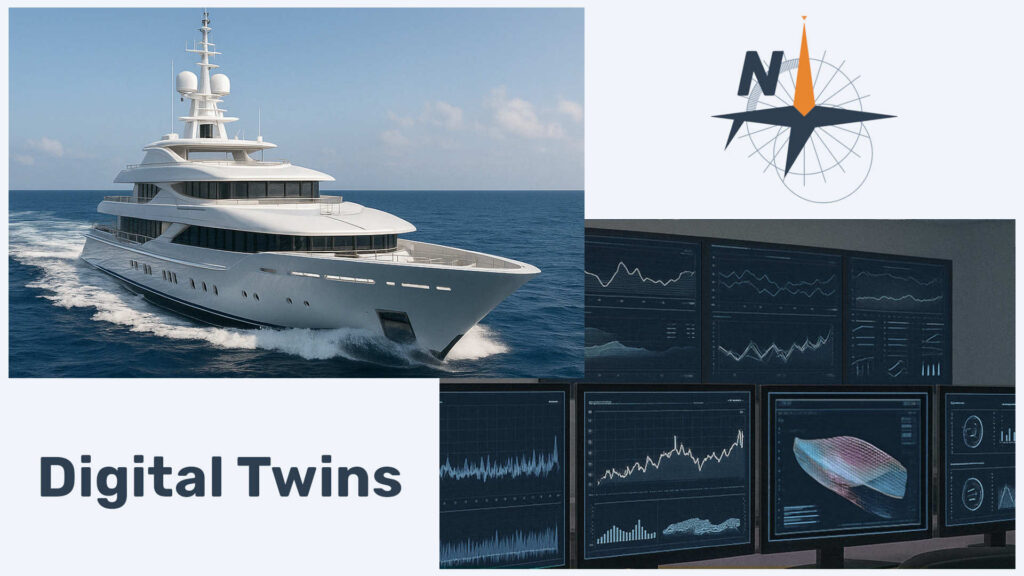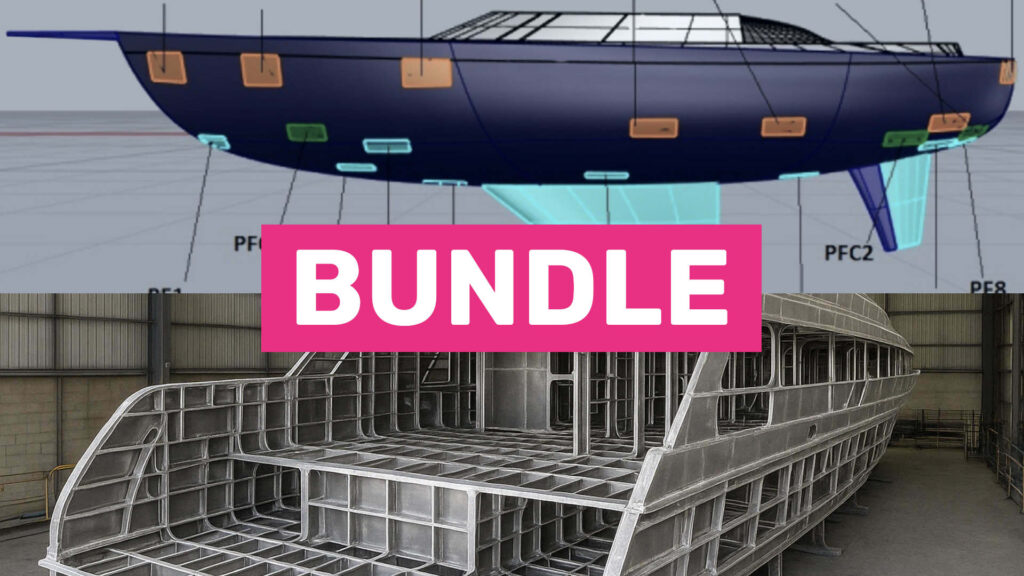Cybersecurity

Did you know that IACS UR E26 (IACS: International Association of Classification Societies) aims to provide a minimum set of requirements for the cyber resilience of ships as a collective entity?
(Minimum requirements for cyber resilience of on-board systems and equipment are given in IACS UR E27).
The primary goal is to support safe and secure shipping resilient to cyber risk, and for that purpose, the Unified Requirement (UR) describes five functional elements:
– Identify
– Protect
– Detect
– Respond
– Recover
IACS UR E26 applies to passenger ships, cargo ships, and high-speed craft of 500 GT and more, all engaged in international voyages, but also to mobile offshore drilling units of 500 GT and upwards and self-propelled mobile offshore units involved in construction.
IACS UR E26 may, however, be used as non-mandatory guidance to ships of war and troopships, cargo ships less than 500 GT, vessels not propelled by mechanical means, wooden ships of primitive build, passenger yachts (passengers not more than 12), pleasure yachts not engaged in trade, fishing vessels, and site specific offshore installations.
Digital technologies are bringing many business opportunities to the Marine Industry:
– AI & Machine Learning
– Digital Twins
– Internet of Things
– Edge Computing
– Remote and Autonomous Operations
– High-bandwidth Satellite Communications
– Etc.
But they also introduce a growing attack surface for cyber threats from actors such as:
– State-sponsored attackers
– Organized crime groups
– Terrorist organizations
– Malicious insiders
– Hacktivists
– Script kiddies
– …and others







